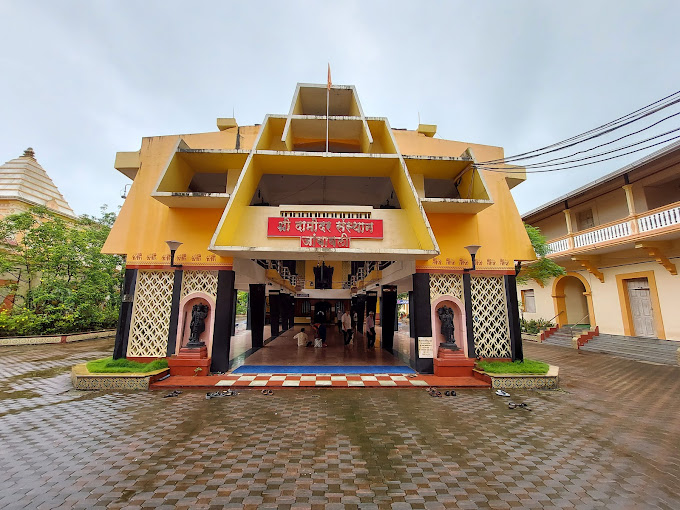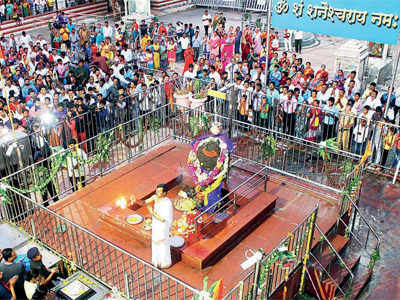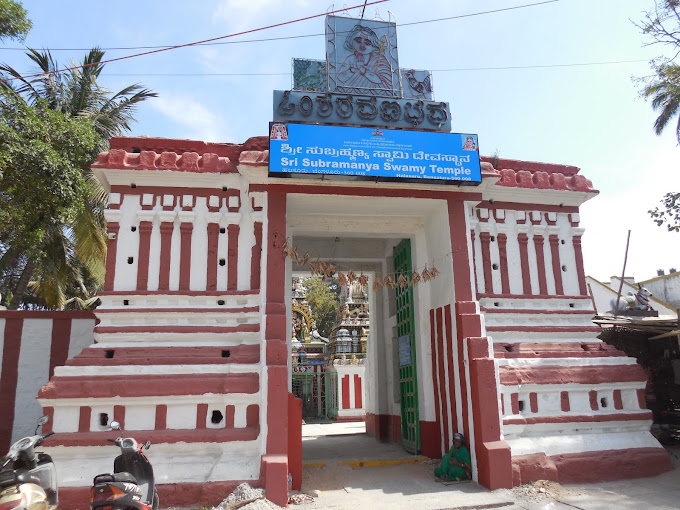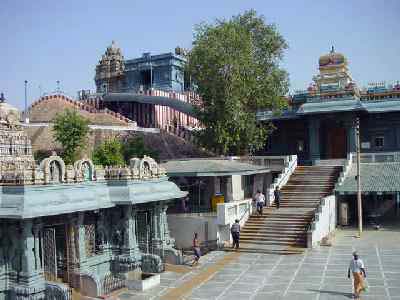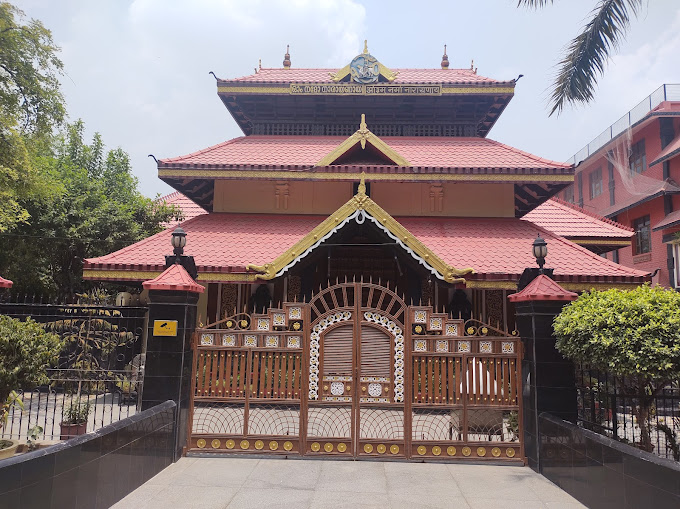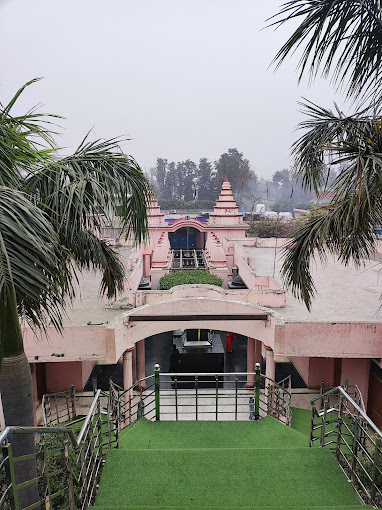Halebidu Shantinatha Jain Basadi – Karnataka
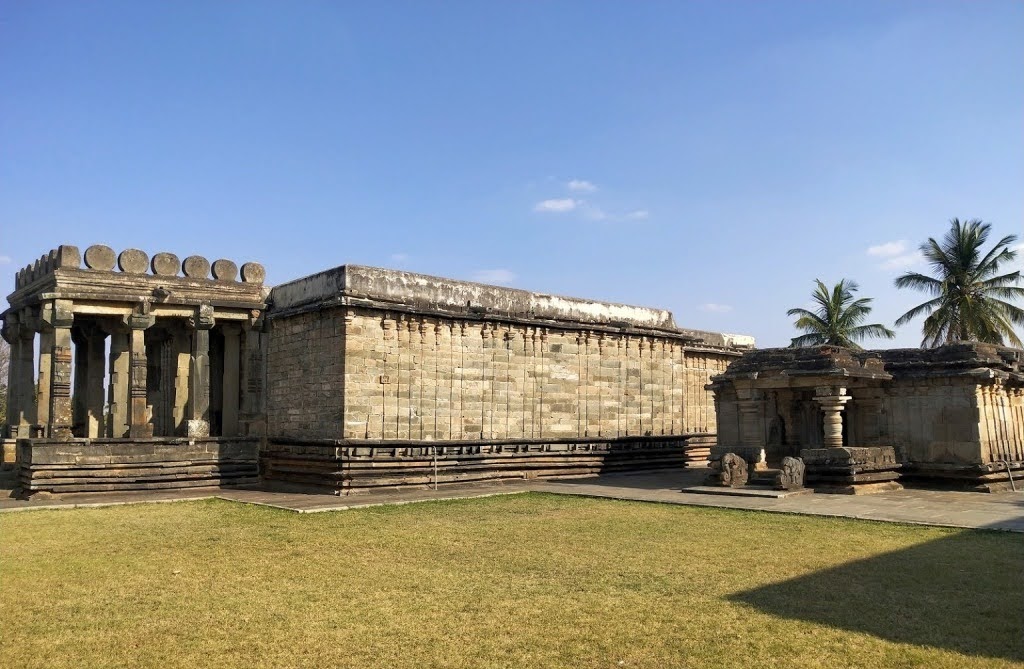
Address
Halebidu Shantinatha Jain Basadi – Karnataka
Halebidu, Belur Taluk
Hassan District,
Karnataka 573121
Moolavar
Shantinatha
Introduction
The Jain Group of Temples, also known as the Basadi Halli, is a complex of three Jain temples located in Halebidu Town, in the Belur Taluk of Hassan District, Karnataka, India. These temples hold historical and architectural significance and are dedicated to Jain deities. The temple complex is situated between the famous Hoysaleswara Temple and the Kedareshwara Temple.
The three temples within this complex are:
- Parshvanatha Basadi:
- Shantinatha Basadi:
- Adinatha Basadi:
The Jain Group of Temples is a testament to the rich cultural and religious heritage of the region. These temples feature intricate architectural details and beautifully crafted sculptures. The complex, along with the individual temples, is protected as a monument of national importance by the Archaeological Survey of India, recognizing its historical and architectural value.
Visitors to Halebidu can explore these temples to appreciate their cultural, artistic, and spiritual significance, as well as their role in preserving the Jain tradition in the region.
Puranic Significance
The Shantinatha Basadi, built around 1192 CE during the reign of Veera Ballala II, is an important Jain temple with historical significance. The temple is oriented to face south and is characterized by its unique architecture. The Shantinatha Basadi comprises several distinct sections, including the sanctum (garbhagriha), the ardha mandapa (a partially open hall), the maha mandapa (the main hall), and a pillared mukha mandapa (an entrance hall). The maha mandapa features an intricately decorated ceiling supported by lathe-turned pillars, showcasing the architectural and artistic excellence of the period.
The main deity enshrined in the sanctum is an impressive 18-foot-tall image of Shantinatha, the sixteenth Tirthankara of Jainism. The image is depicted in the Sthanaka posture, which is a standing posture. This deity holds significant religious importance for Jains. The temple’s adhisthana moldings, which are the decorative bands at the base of the superstructure, are quite similar to those seen in the adjacent Parsvanatha Basadi. The exterior walls of the temple are relatively plain, featuring a series of elongated pilasters.
In front of the basadi entrance, there is a remarkable 30-foot-tall manastambha (votive pillar), which is a common feature in Jain temple complexes. It typically symbolizes the victory of righteousness over evil and serves as a prominent architectural element. Adjacent to the basadi, you’ll find the Hulikere Kalyani, a stepped temple tank. Such tanks were essential for ritual cleansing and were integral to the functioning of temple complexes in ancient India. The Shantinatha Basadi and its surroundings provide valuable insights into the rich religious and architectural history of the region.
Century/Period
1192 CE
Managed By
Archaeological Survey of India (ASI)
Nearest Bus Station
Halebidu
Nearest Railway Station
Hassan Junction
Nearest Airport
Mangalore
